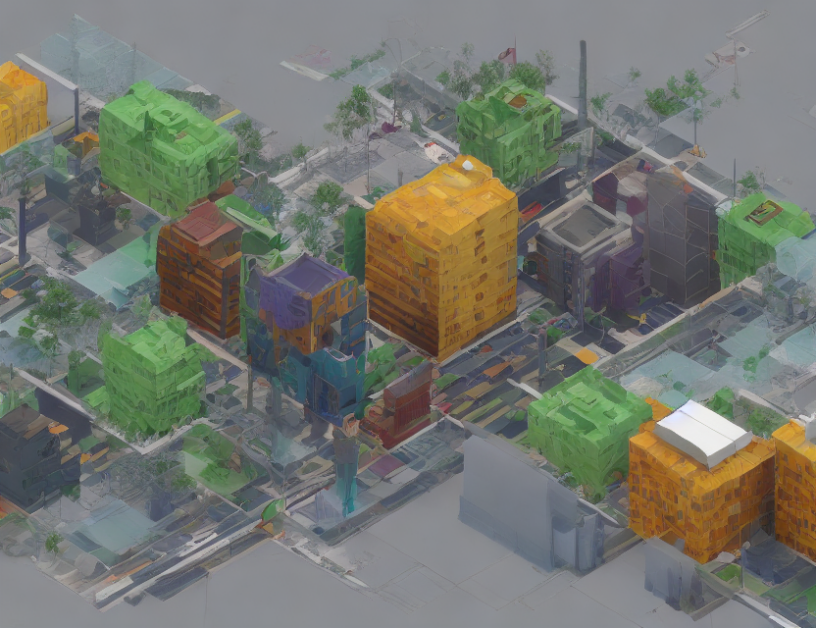In this article, we propose a novel approach to deriving bounds on causal fairness under unobserved confounding. Our method is based on decomposing nested counterfactuals into identifiable and non-identifiable effects, which are then analyzed using sensitivity models like Generalized Marginal Sensitivity Models (GMSMs). By employing this framework, we can assess the impact of unobserved confounding on causal fairness and provide bounds on the causal effect under these conditions.
Key Takeaways
- Causal fairness is a crucial aspect of machine learning, particularly in applications where fair decision-making is paramount, such as healthcare or financial services.
- Unobserved confounding can significantly affect the accuracy of causal fairness assessments, and our proposed approach addresses this challenge head-on.
- By decomposing counterfactuals into identifiable and non-identifiable effects, we can customize sensitivity models to fit each causal fairness notion, ensuring that our bounds are tailored to the specific context at hand.
- Our method leverages existing literature on sensitivity analysis, such as GMSMs, while adapting it to the unique requirements of causal fairness under unobserved confounding. This allows us to build upon established knowledge and avoid reinventing the wheel.
- Our proposed framework offers a comprehensive solution for addressing unobserved confounding in causal fairness assessments, providing bounds that are both robust and informative.
Metaphor: Imagine trying to understand how a complex system works by looking at individual parts in isolation. Causal fairness under unobserved confounding is similar – we need to consider the entire system (causal graph) and how each part interacts with others to accurately assess causality. Our approach provides a way to do just that, by decomposing the system into its constituent parts and analyzing their interactions.



